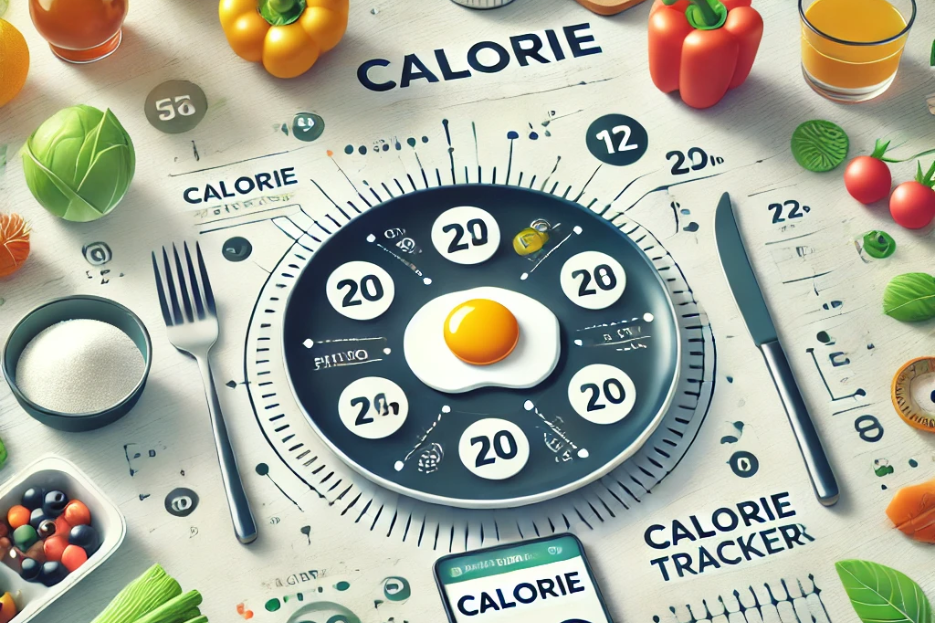Embarking on a weight loss journey often leads to a whirlwind of terms like “fat burning” and “fat utilization.” While they might sound similar, understanding their differences is crucial for effective weight management. Let’s delve into the science behind these concepts and how they impact your fitness goals.
Fat Burning vs. Fat Utilization: What’s the Difference?

At its core, fat burning refers to the body’s process of breaking down stored fat to produce energy. This typically occurs during prolonged, moderate-intensity activities when the body taps into fat reserves for fuel. On the other hand, fat utilization encompasses the body’s ability to use fat as an energy source, which can happen both during rest and various activities. However, utilizing fat doesn’t necessarily equate to losing body fat. For instance, after consuming a high-fat meal, your body may use the ingested fat for energy, but this doesn’t mean you’re shedding stored fat.
The Role of Caloric Balance

A fundamental principle in weight management is the concept of caloric balance. To lose weight, you need to consume fewer calories than your body expends, creating a caloric deficit. Even if your body is adept at burning fat for energy, without a caloric deficit, fat loss won’t occur. It’s akin to having a high-performance car engine but never driving it; the potential is there, but without action, there’s no result.
Exercise Intensity and Fuel Sources

The intensity of your workouts significantly influences the type of fuel your body uses. During low to moderate-intensity exercises, such as brisk walking or light jogging, the body primarily utilizes fat for energy. As exercise intensity ramps up, carbohydrates become the preferred energy source due to their rapid availability. This doesn’t mean high-intensity workouts aren’t beneficial; they burn more total calories, which can contribute to fat loss when combined with a proper diet.
The Myth of the “Fat-Burning Zone”
You’ve probably heard of the “fat-burning zone,” suggesting that exercising at a specific heart rate maximizes fat loss. While it’s true that lower-intensity exercises use a higher percentage of fat for energy, higher-intensity workouts burn more calories overall. Therefore, focusing solely on the fat-burning zone isn’t the most efficient strategy for weight loss. A combination of various exercise intensities, tailored to your fitness level, is more effective.
Diet Composition Matters

The types of foods you consume play a pivotal role in how your body utilizes and stores fat. Diets high in refined carbohydrates and sugars can lead to increased fat storage, especially when coupled with a sedentary lifestyle. In contrast, a balanced diet rich in whole foods, lean proteins, healthy fats, and complex carbohydrates supports better energy utilization and can aid in fat loss.
The Importance of Muscle Mass

Maintaining or increasing muscle mass is beneficial for fat loss. Muscle tissue burns more calories at rest compared to fat tissue, boosting your resting metabolic rate. Incorporating resistance training into your fitness routine helps preserve muscle mass during weight loss, ensuring that the weight you lose comes predominantly from fat stores.
Practical Tips for Effective Fat Loss

- Create a Caloric Deficit: Monitor your caloric intake and ensure you’re consuming fewer calories than you burn.
- Incorporate Strength Training: Engage in resistance exercises to build and maintain muscle mass.
- Mix Exercise Intensities: Combine low, moderate, and high-intensity workouts to maximize calorie burn and improve fitness levels.
- Prioritize Nutrition: Focus on a balanced diet with adequate protein, healthy fats, and complex carbohydrates.
- Stay Consistent: Consistency in diet and exercise is key to sustainable fat loss.
Understanding the distinction between fat burning and fat utilization empowers you to make informed decisions on your weight loss journey. By focusing on creating a caloric deficit, engaging in varied exercise routines, and maintaining a balanced diet, you can effectively target fat loss and achieve your health goals.






